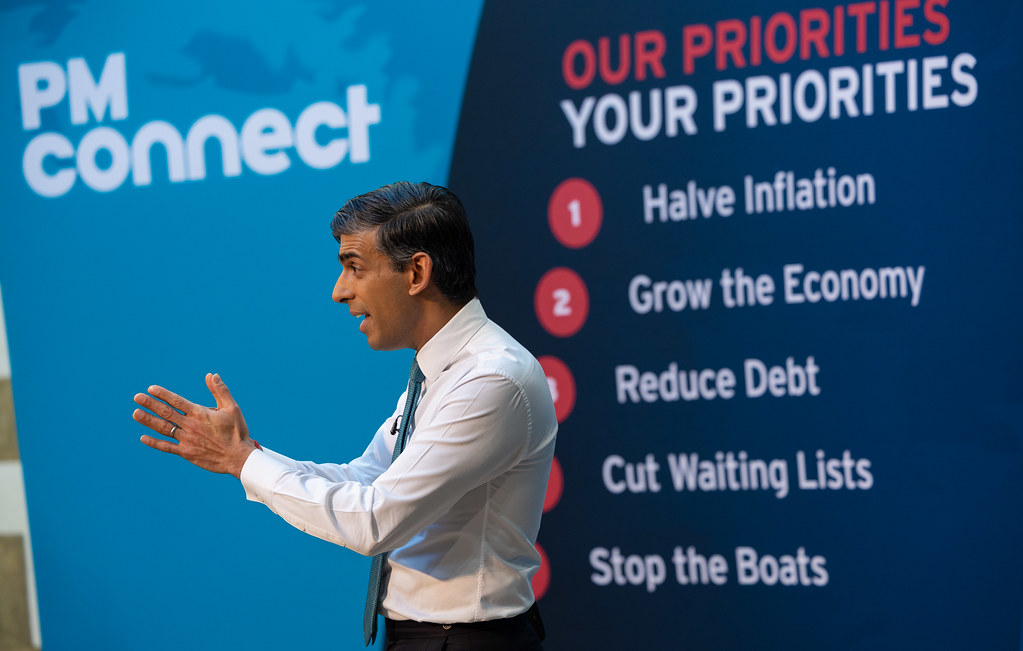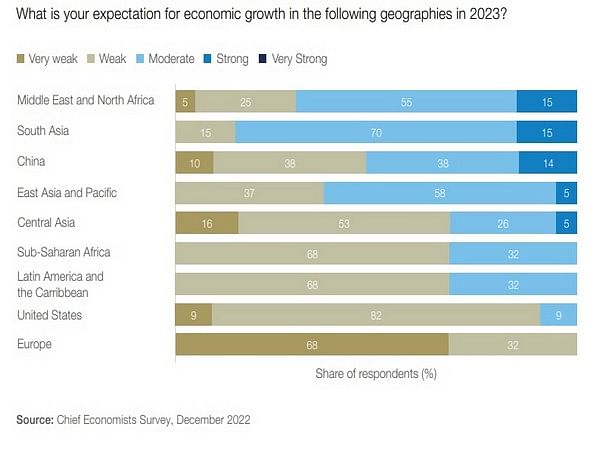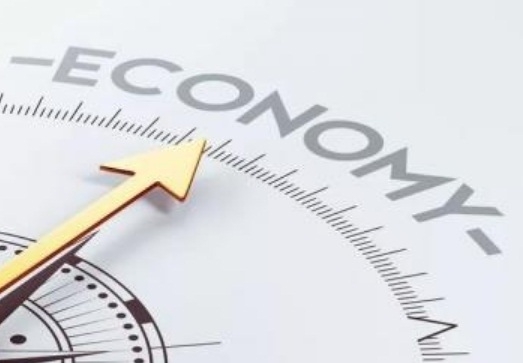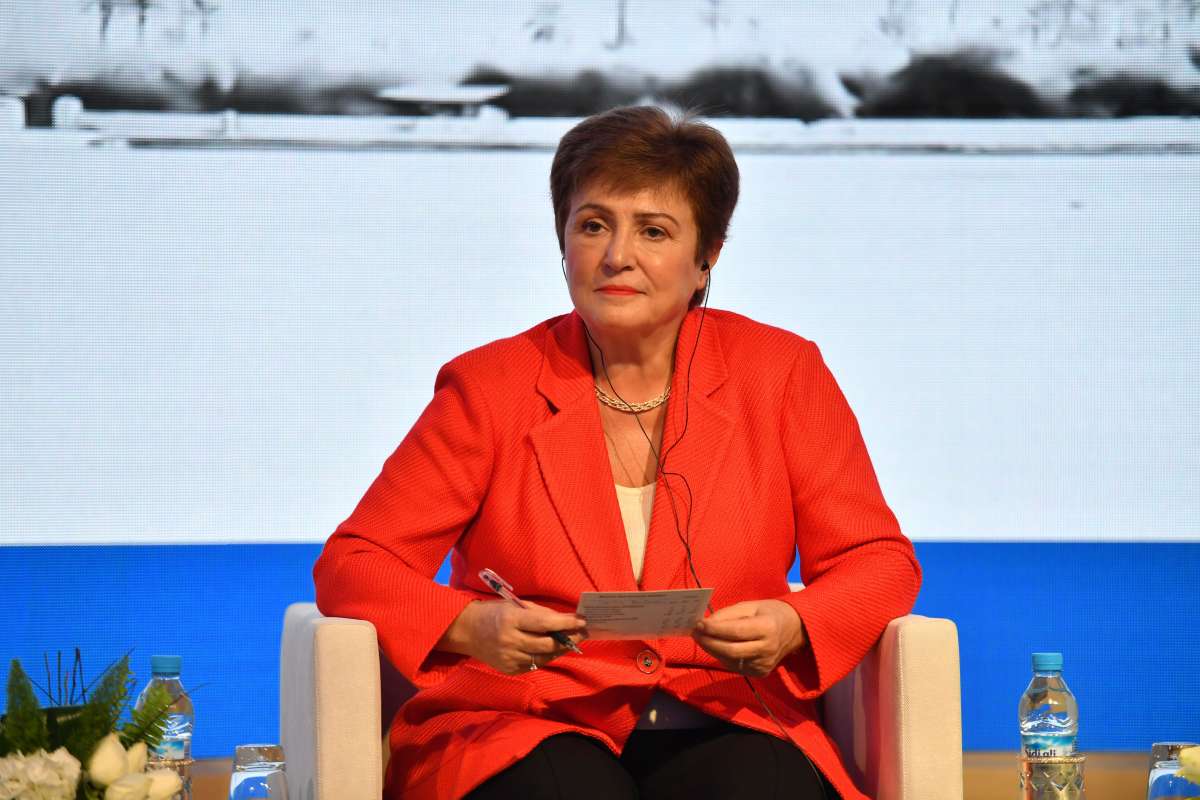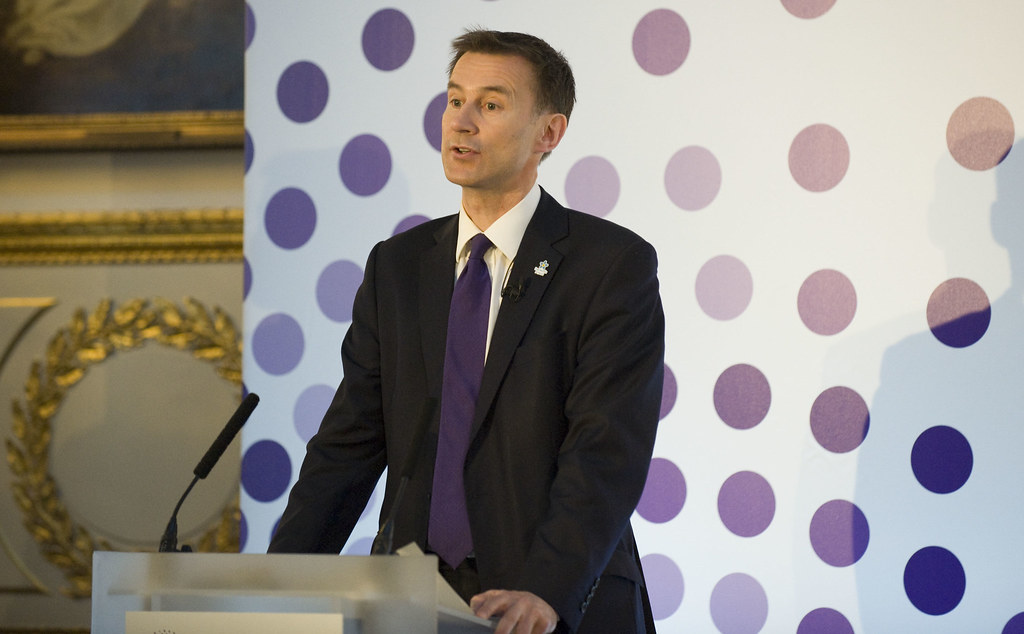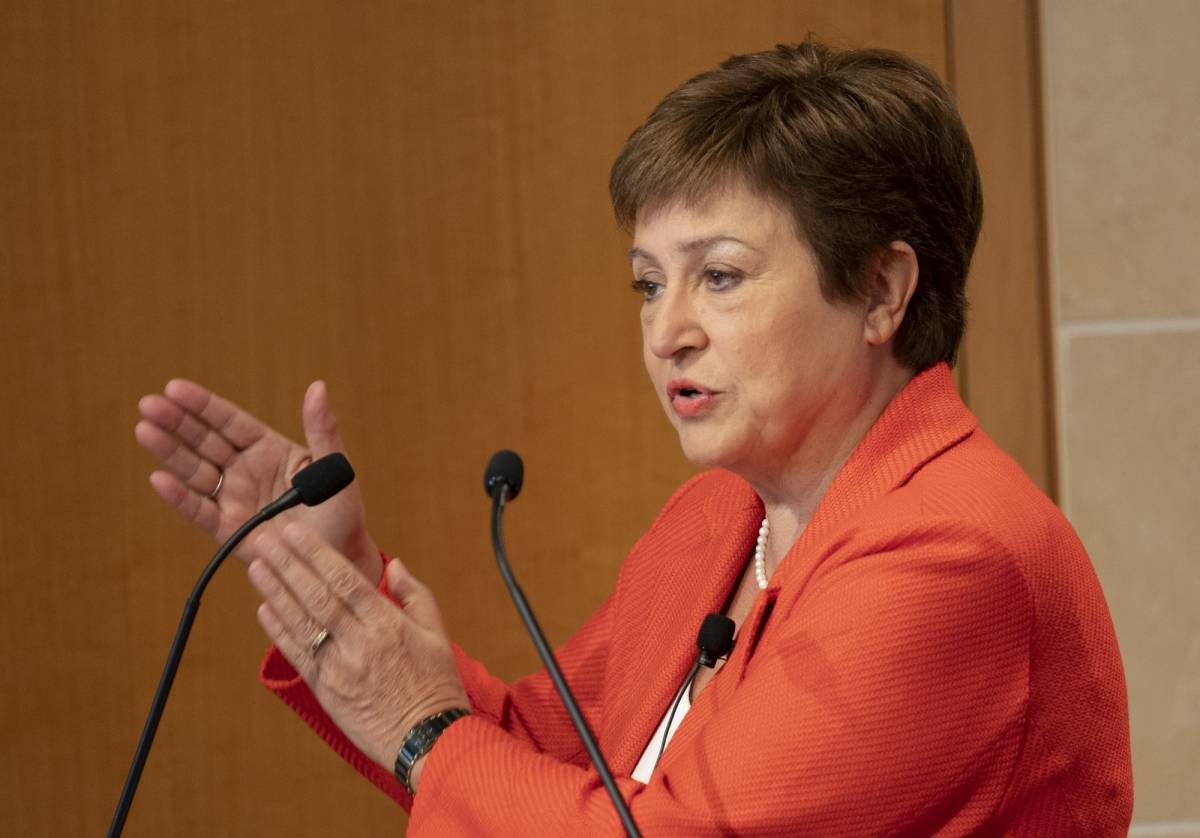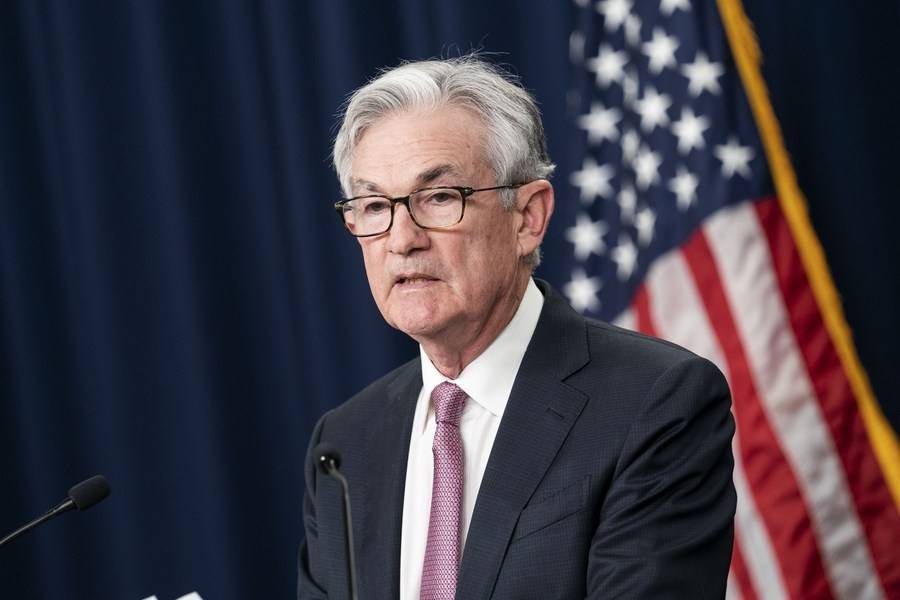If layoffs accelerate in the next few months, a recession “will be underway”, the report said…reports Asian Lite News
A recession in 2023 appears inevitable and layoffs in tech and finance will spread to other sectors, especially amid the great banking breakdown, media reports said.
A commentary in Fortune said that the world is witnessing the beginning of increasing unemployment in the financial sector and high-tech, which “benefitted from the US Federal Reserve’s easy money policies since the Great Recession of 2008”.
In an effort to cool off the economy and get inflation to its target rate, the Federal Reserve began to increase the Fed funds rate rapidly throughout 2022. Rates increased from virtually zero in March of that year to a target range of 4.75-5.00 for March 2023.
“Nevertheless, the latest CPI data reveal prices rose 6 per cent in February 2023 compared with the same month the previous year – well above the new Fed funds target rate of 5 per cent,” wrote Murray Sabrin.
The collapse of Silicon Valley Bank and Signature Bank “complicates” the Fed’s task of “managing” the macroeconomy by moving the Fed funds rate up and down to dampen inflation (and inflation expectations) and boost economic activity.
“Additionally, the Fed is responsible for ensuring financial stability when banks fail and preventing more bank runs throughout the country,” the commentary read.
One of the best indicators of an impending recession is the inverted yield curve, particularly the difference between the 10-year Treasury note and the three-month T-bill.
“The curve inverted at the end of October 2022. Historically, when short-term rates rise above the long-term rate, a recession begins about a year later,” the commentary said.
If layoffs accelerate in the next few months, a recession “will be underway”.
More than 500 tech companies have laid off over 1.5 lakh employees in the first three months of 2023.
As layoffs continue to deepen amid recession fears, more than 23,000 employees have been laid off by at least 82 startups in India, and the list is only growing.
In total, more than 3.1 lakh tech employees have lost jobs in 2022 and till March this year.





